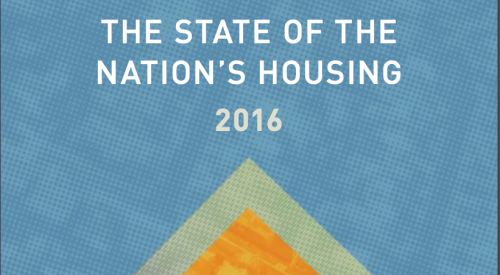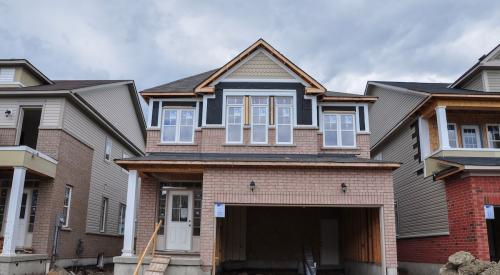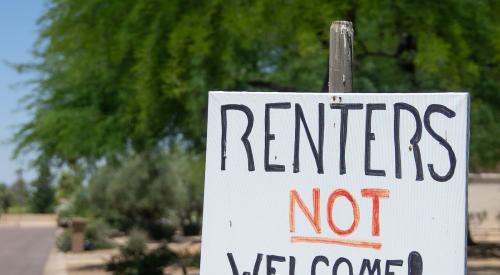According to Freddie Mac, in 2020, the country was short 3.8 million homes. Bloomberg reports that less than 5% of the country is built up, due to restrictions such as those that put caps on building heights, require that homes sit on a minimum of two acres of land, and impose green spaces around new construction areas. These restrictions raise building costs, which in turn raise housing prices, making it harder for young families and other first-time homebuyers to afford a house.
President Biden has been working to address the shortage, suggesting measures including relaxing zoning restrictions to deploying money toward affordable housing, with limited results. Current homeowners know that if many restrictions were lifted, the price of their homes might fall. Research on the greater Boston area has shown that when density constraints are relaxed, the number of housing units rise, and rents in multifamily buildings fall as much as $144 a month for each new unit added under the new laws.
The problem is that the value of single-family homes also falls, in part because the added housing weighs on perceived neighborhood quality: House prices drop by 9.17% per unit when density regulations are relaxed and multifamily homes are allowed. “While lowering housing costs through zoning reforms may help first-time homebuyers and lower-income renters,” the economists wrote, “it comes at the expense of — and thus will likely generate substantial political opposition from — current homeowners.”













